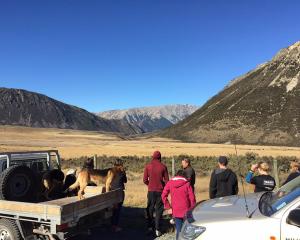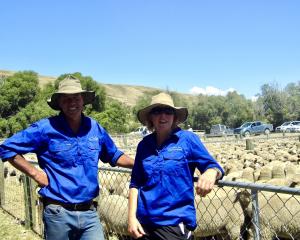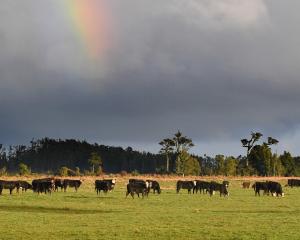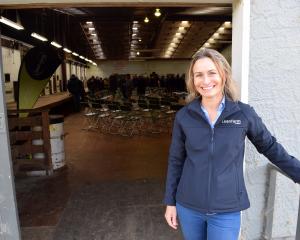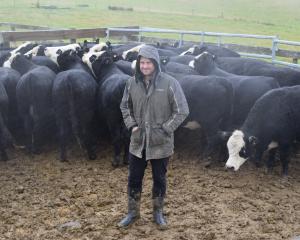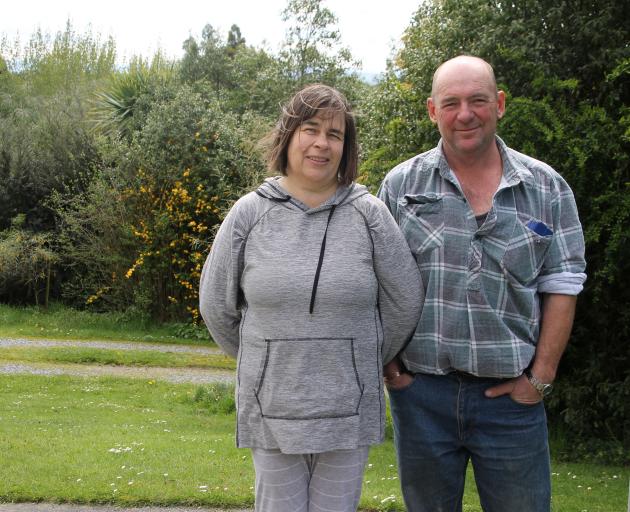
Gore sheep and beef farmers Mark and Vicki Nicholson, who were recently nominated for the Southland Community Environment Awards, have been farming organically for 14 years.
The 768ha farm had a three-year conversion period and consisted of three blocks.
Mr Nicholson said 30ha was still being converted.
‘‘We just bought it last November so it’s a two-year conversion to get to new standards,’’ he said.
The farm was certified organic with BioGro and ran about 7000 stock units, with 40% cattle and 60% sheep.
‘‘We fatten all our cattle and fatten all the progeny and we fatten 70% of the lambs. The rest are stored.’’
Mr Nicholson said the farm proved the socalled ‘‘alternative fertilisers’’ worked.

‘‘We use a natural phosphate, lime, fish fertiliser and seaweed.
‘‘The benefits of that is we’re trying to increase the overall soil health, so we can retain the nutrients where we put them.’’
The only New Zealand study he knew of was completed by Massey University at a trial organic dairy farm for 10 years and one of the results of that was a big reduction in nitrate leaching.
Mr Nicholson said significant research was also done at Rodale Farm in the United States, which had been doing trials for more than 30 years.
‘‘Why we went organic was animal health problems. We were losing 5-6% of the ewes with bearings and a bit of abortion and we couldn’t source independent information. The people who were selling the information for abortion were also giving the information.’’
Mr Nicholson said he and his late father both had tertiary education backgrounds.
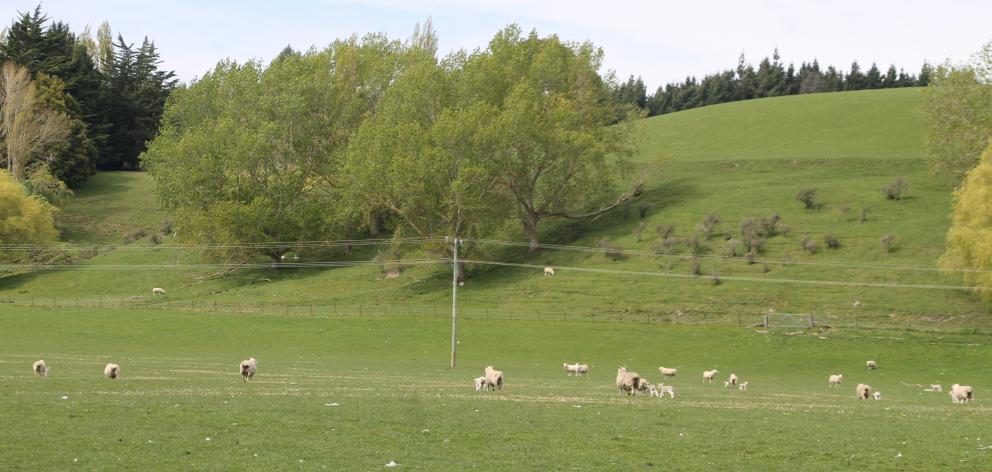
‘‘We started researching and it was probably a five-year lead-in period. Something wasn’t right when we were conventional but we couldn’t quite put our foot on it. All that research we did led us to the natural fertilisers.
‘‘We did acknowledge at the time that it was a big risk. The first couple of years were pretty tough and we changed our breed of stock and our sheep-to-cattle ratio and we’re possibly a wee bit lighter stocked, but our cost of production has come down and premium is up.’’
An example of the benefit of organic farming was the soil health.
‘‘Before we went organic we were injecting the cattle three times a year with copper, which was quite a large job, and now we don’t do copper injections at all.’’
They also now only drenched about 10% of their fattening lambs with a conventional drench and some years they did not have to drench any at all, Mr Nicholson said.
‘‘We’ve come a long way.
‘‘The organic rules state that we can treat them conventionally and quarantine them and take them out of the system, but we run a large enough farm that we can’t afford to do that.’’
They used both old and new science, so stock and soil health both benefited in the long run, Mr Nicholson said.
For planting no coated seeds or sprays were used, which was beneficial to bee health.
‘‘We’re doing extensive shelter-belt planting, probably three to five hundred metres a year, with 6m-wide shelter-belts.
‘‘We have three different species, so we have flax and things which flower at different times, which is beneficial to the birds for nectar, etc, and they were all established without sprays. When we plant them we just put a bamboo pole beside them and go back three or four times in the first year and clear the grass around them.’’
It was humbling being nominated for the Southland Community Environment Awards, Mr Nicholson said.
‘‘We don’t think we do anything special, because you get used to what you’re doing, but at the same time we got a lot of negative reaction when we started going organic.
‘‘Now it’s evolved and we might be considered before our time. Not to say that everyone has to go organic, but if we’re part of the community, we should not be deteriorating the water quality or anything like that.’’
The pair’s accountant, Doug Stanley, said for most people the big question about organic farming was whether it worked or, more specifically, whether it made a buck.
‘‘If you didn’t know the property was farmed organically then these numbers wouldn’t tell you. It looks like an officially run, mixed hill finishing block with a relatively low-cost structure.’’


